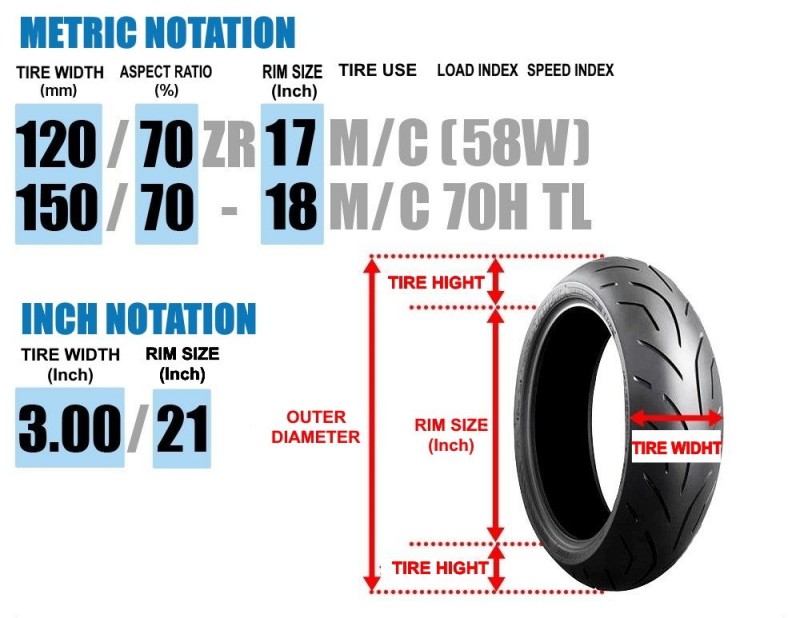SI bestiary
This page shows inadequate, improper or bad use of metric system. Enjoy ride provided by human erroneous, ignorance and stupidity.
This page shows inadequate, improper or bad use of metric system. Enjoy ride provided by human erroneous, ignorance and stupidity.
During metric conversion in UK, the UK Department for Transport claimed that drivers would be “confused” if metric-only signs were permitted. So how many different units are there on this congested sign?
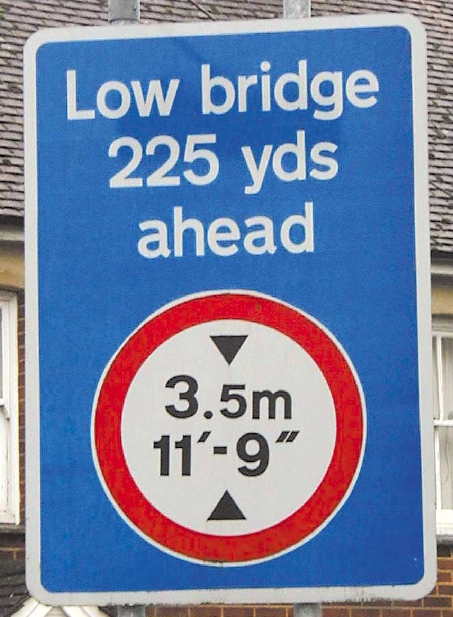
Answer: there are no less than four different units: yards, feet, inches and metres (assuming, of course that “m” has been used correctly to denote “metres” – not “miles”!).
New unit appeared in USA:
First one is a speed limit sign in Blaine (WA, USA), second one is speed limit sign in Point Roberts (WA, USA). These should be so called "metric" signs, with both imperial and SI units. What unit is used? Lets think: "K" stands usually for "Kelvin", "P" is "Peta", "H" is "Henry". So: "Kelvin Peta Henry". I am really curious why they need such strange unit on road sign?
Oh, maybe it should be "km/h"? It is funny how civil servants can't read simple guide how to use SI and especially correct speed unit "km/h" or "km.h-1. No capital "K", no "per", no dots to denote abbreviations.
Metric and customary speed limit sign at the beginning of the exit ramp at Terminal 3 of JFK Airport (Jamaica NY, Queens):

What is the meaning of this sign? Speed limit of 10 MPH next 16 km (if Km means km). Afterwards speed is unlimited, I suppose.
Errors: the symbol for kilometers incorrectly has a capital K, and the division symbol (slash) and hour (h) are missing from the metric side.
The Sankt Erik is an icebreaker and a museum ship attached to the Vasa Museum in Stockholm, Sweden:
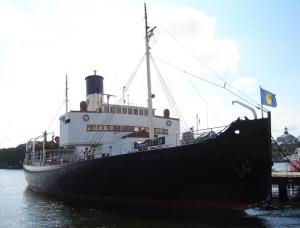
My colleges Dominik Pražák and Martin Vičar made a metrological audit of this ship and found following pressure gauges:











There are utilized 5 distinct pressure units on the ship:
| bar |
| MPa |
| Meter Vatten |
| CM.HG. |
| kg/cm2 (kp/cm2) |
| Lbs |
| lb./sq.in. |
Moreover unit kilograms per square centimeter has 9 symbols (omitting kp/cm2):
| kg/cm2 |
| KGM. SQ. CM. PRESS. |
| Kg.pr.qcm |
| Kg.pr.cm.2 |
| KG. PR. □ CM. |
| Kg.pr.□cm. |
| Kilo.pr.□Ctmr. |
| Kg/□Cm |
| KGS. PER SQ. CM. |
Conclusion:
Everyone knows what does unit Km mean. Of course it is the Kelvin metre. The question is, what does following road signs mean?:
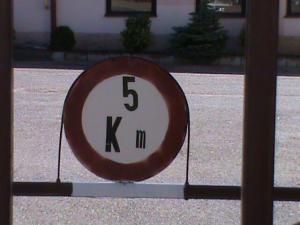
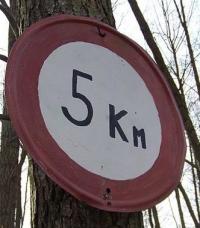
The kelvin metre is probably unit of power per thermal conductivity. So this traffic signs tell us that only cars with sufficiently low ratio of power of the engine per thermal conductivity of the engine body can continue otherwise the car would overheat. Usefull when driving into hot places. Yep, seems legit. But what is Kelvin metre per hour on this traffic sign in Malta?:
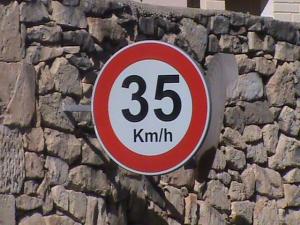
Error: the symbol for kilometers incorrectly has a capital K, /h or .h-1 missing in speed unit.
Many people know the light-year is not a time unit but a distance unit. This czech road sign was probably created with similar logic:
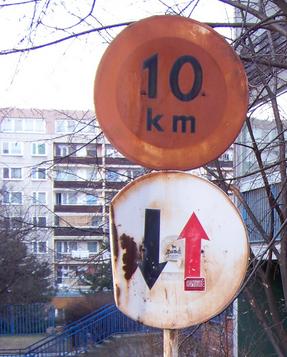
Error: missing /h or .h-1 after km to express unit of speed correctly.
This one was hard. What is kilogram times second? You can see it on stepladders, or transport boxes:

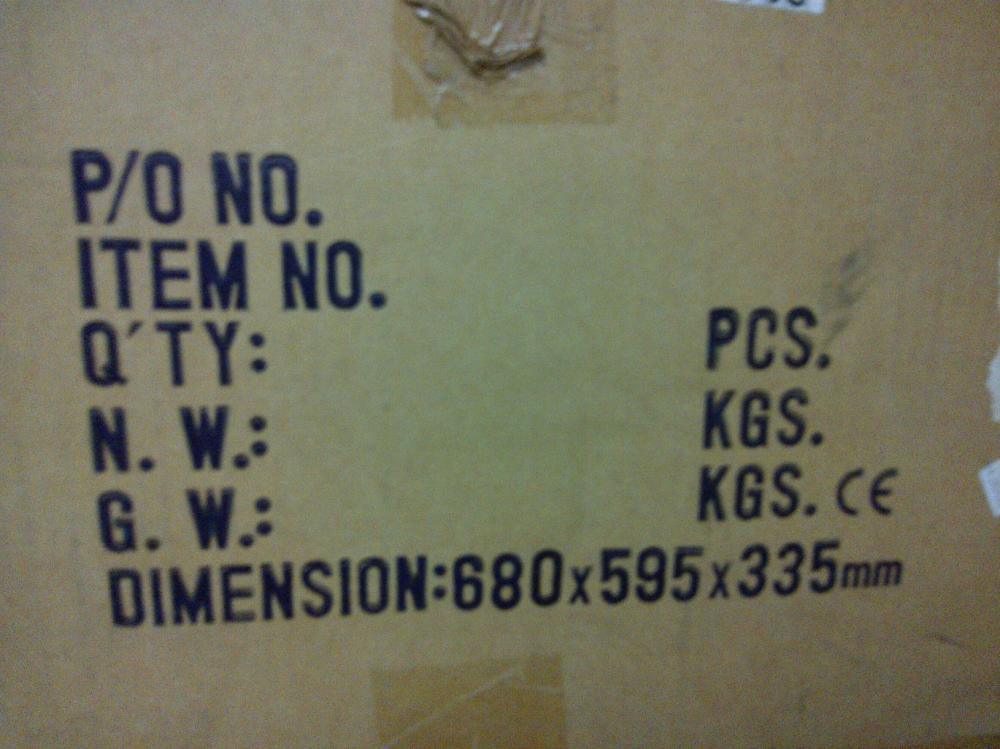
Surprisingly, there is an interesting discussion about meaning of kg·s on physics.stackexchange.com. My favorite explanation is the kg·s represents the lifetime of a particle. So one could say the stepladder has lifetime 150 kg·s.
Error: extra s. Kilogram is always kg, independently on plural or singular form.
This is a result of "professionals", Timing
Solutions Ltd.,
under a supervision of another "professionals" Guinness World
Records. There was an
attempt to make a world speed
record with a lawn mower, and this is an official
measurement document:
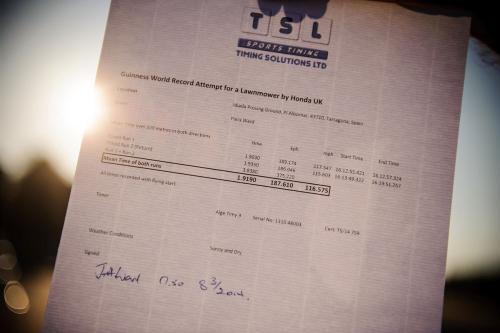
(Click image for larger one.)
What is incorrect? kph, this is unfortunately common,
see previous posts.
But also:
The article at Guinness World Records web page is also full of bad SI. Missing spaces between value and unit, incorrect rounding (116.575 to 116), crazy units (bhp), bad units (kgm). One would expect the company literally based on measurement would know how to present results.)
Ways how to obfuscate an unit are numerous. One of them is to
multiply unit by something and then divide it again. Nice
example can be found on the consumption statement of LED
lamp from whitenergy:
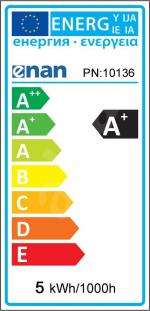
One have to say this is correct, the LED lamp has
a consumption of 5 kilowatt hours in 1000 hours. But it is so
easier to just write 5 W (5000/1000) and remove unnecessary
hours. Strangely, it is correctly presented on other side of
the box:

The problem of missing spaces between values and units is
also a common one.
My favorite obfuscation unit is: Mm/ms - Megameter times
milisecond.
Speed of light is 0.3 Mm/ms.
Mugshot
from Sheriff’s Office,
Cullman County, Alabama, USA.
One can see two height scales, inches and centimeters. Which
one is which? Presuming the arrested man is of average size
centimeters are on the left and inches on the right. Some
clever fellow subtracted one hundred from centimeter scale. Maybe
he wanted to save printer toner? Or to save space? I believe
there is enough space even for numbers with three digits.

Today's weather:
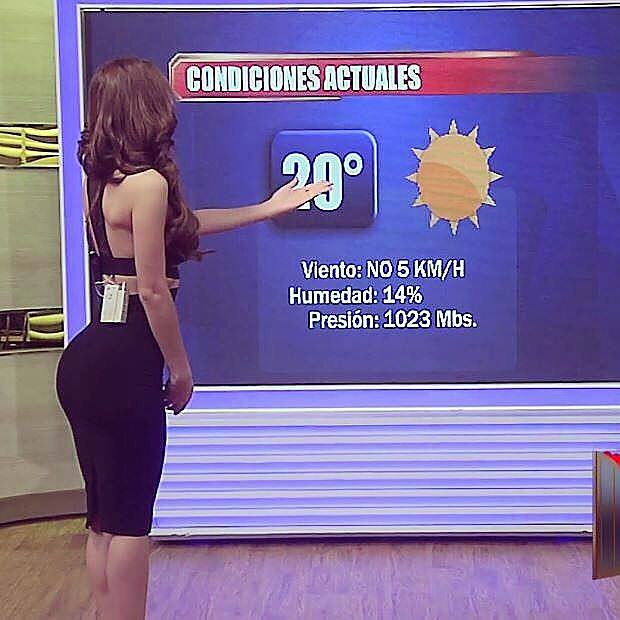
Correctly:
I wanted to buy slippers (in Ikea).
I wanted to select proper size, I picked one piece and was
totally stunned. I didn't knew there si so many scales to
measure slippers! Which scale is which? Is one of them
centimeters? Or inches? Why Canada (or China or British
Columbia) needs their own scale? Do
I still live in metric country? Help!
So I used the most basic method of measurement - comparison with
the standard (my own foot).
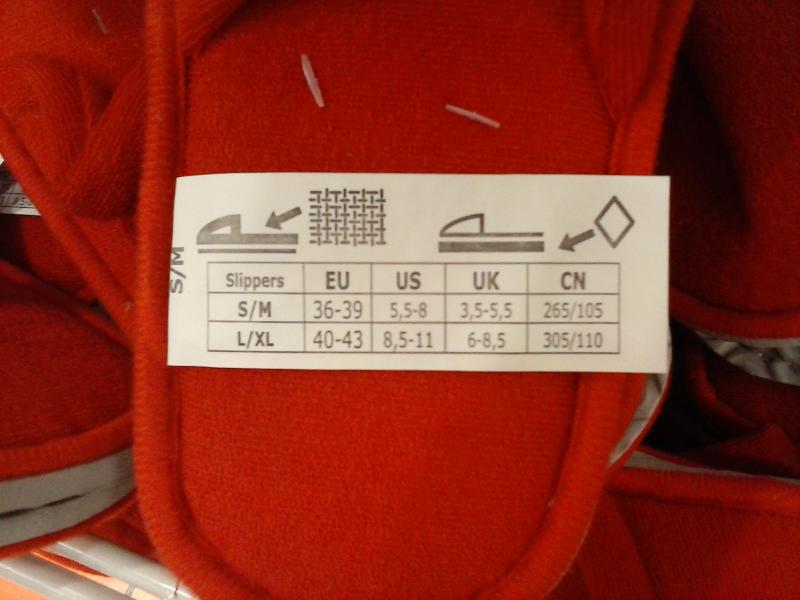
Take a look at the promotional picture about Marea
transatlantic subsea cable
Marea.

(Click image for larger one.)
Several interesting units of measurement:
Correctly: 160 TB/s. Bytes is never written as Bs, because s
is second. The question is if author really meant TB, or TiB.
I guess the second.
Learn the difference!
And it is better to write everything either in SI units and
imperials in brackets (preferably), or imperial units and SI
in brackets. Mixing is strange.
From an educational video made by National Geographic:
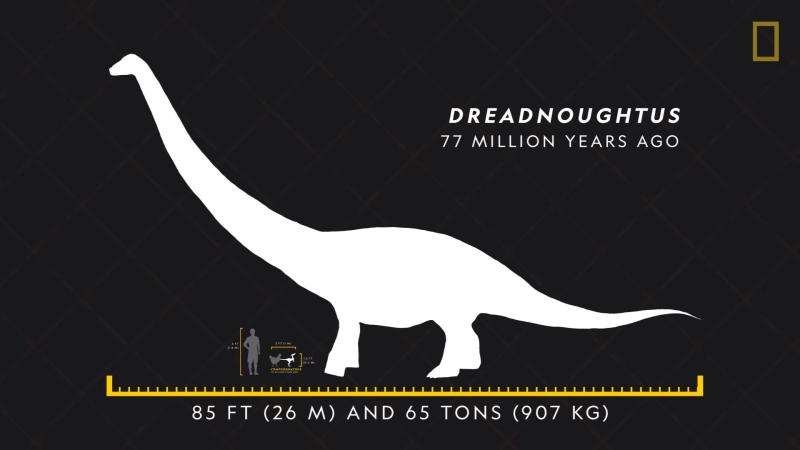
Maybe a capital M and KG could be tollerated because of
whole sentence in capital. Maybe.
But one cannot tollerate 99 % error in conversion from
tons to kg. Another question is: which ton? British imperial
or US customary? Or maybe long ton, weight ton, gross ton,
short ton, net ton, ton shortweight or ton longweight?
From a live broadcast of United Launch Alliance Atlas V USSF-7 launch:
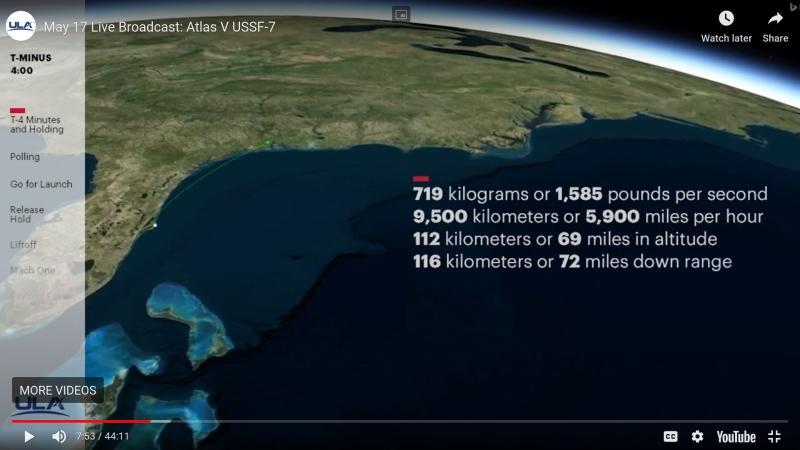
So the speed of the rocket is 9,500 kilometers that equals to 5,900 miles per hour. Distance is equal to speed? Maybe in some other universe.
One cannot simply split unit through the sentence. The 'or' seems to be redundant.
By removing historical units one can get some free space that could be used to show the quantity. Like
this:
Thrust: 719 kg/s
Speed: 9 500 km/h
Altitude: 112 km
Down range: 116 km
My favorite. Tire width is in millimeters, sidewall in relative units, and inner diameter in inches.
Who could think out such a mix? I call this atrocity!
